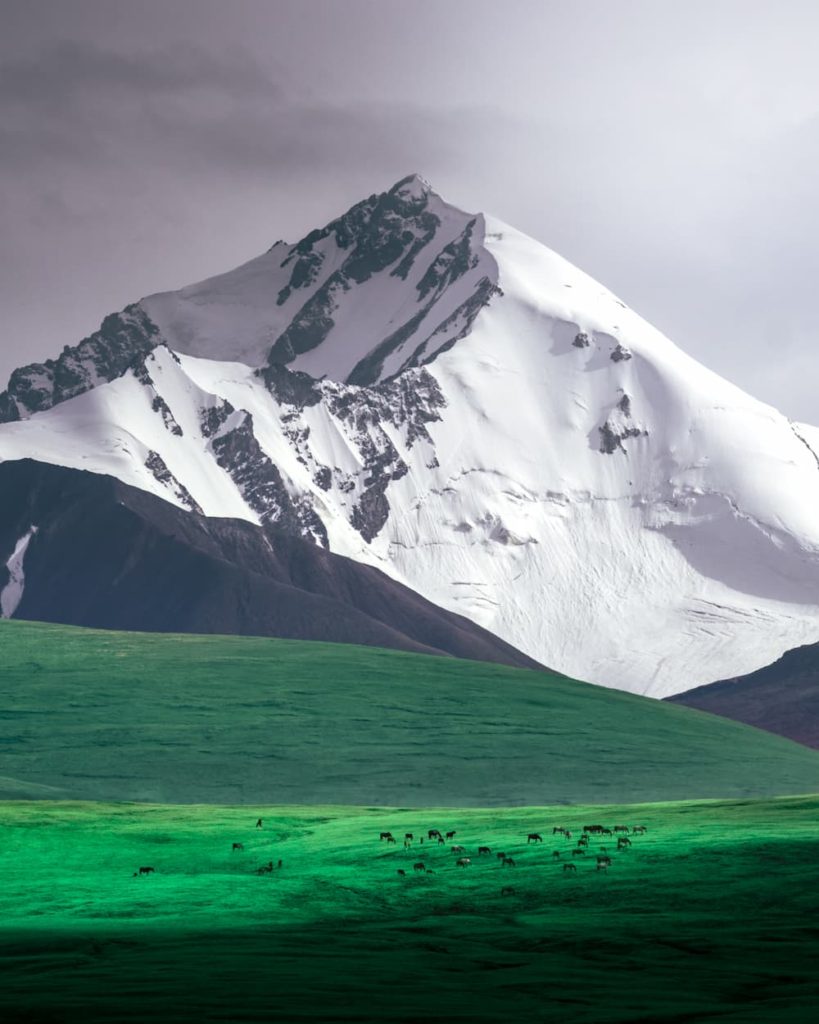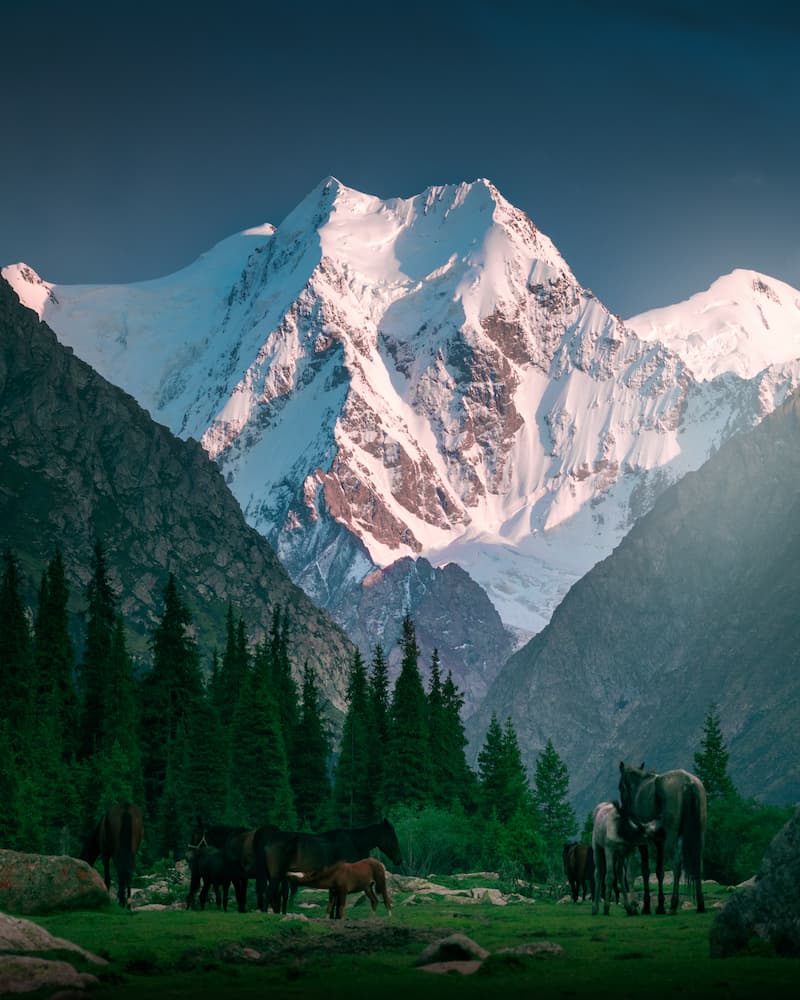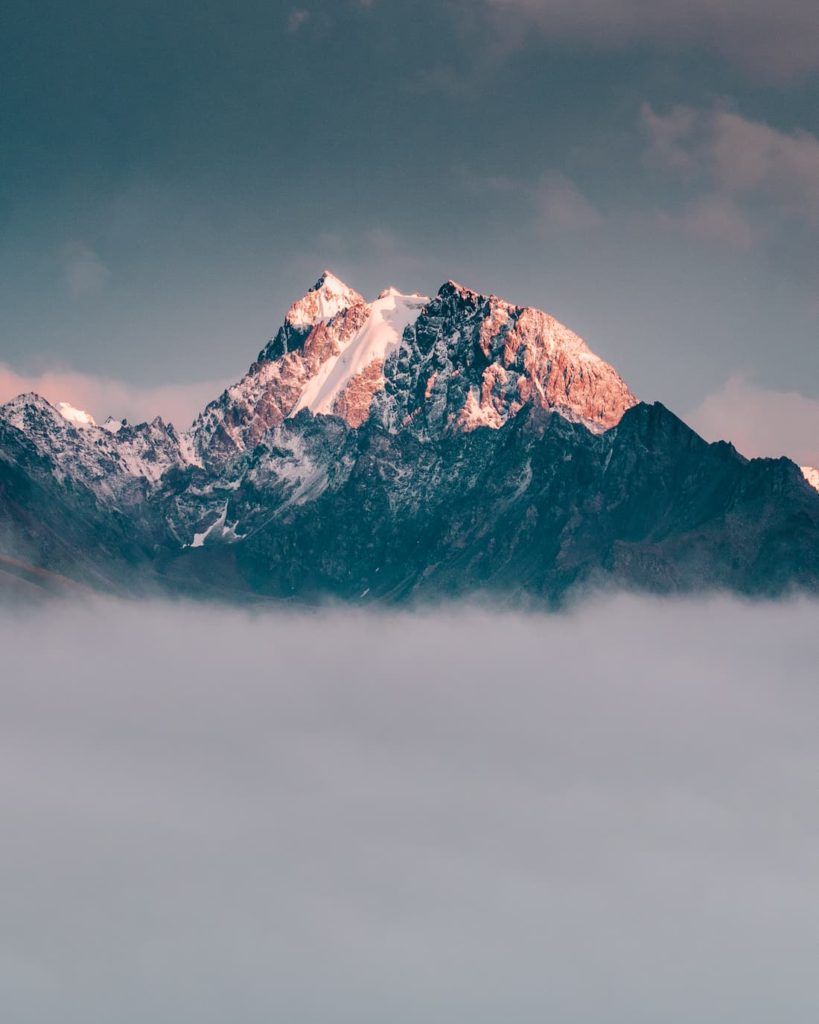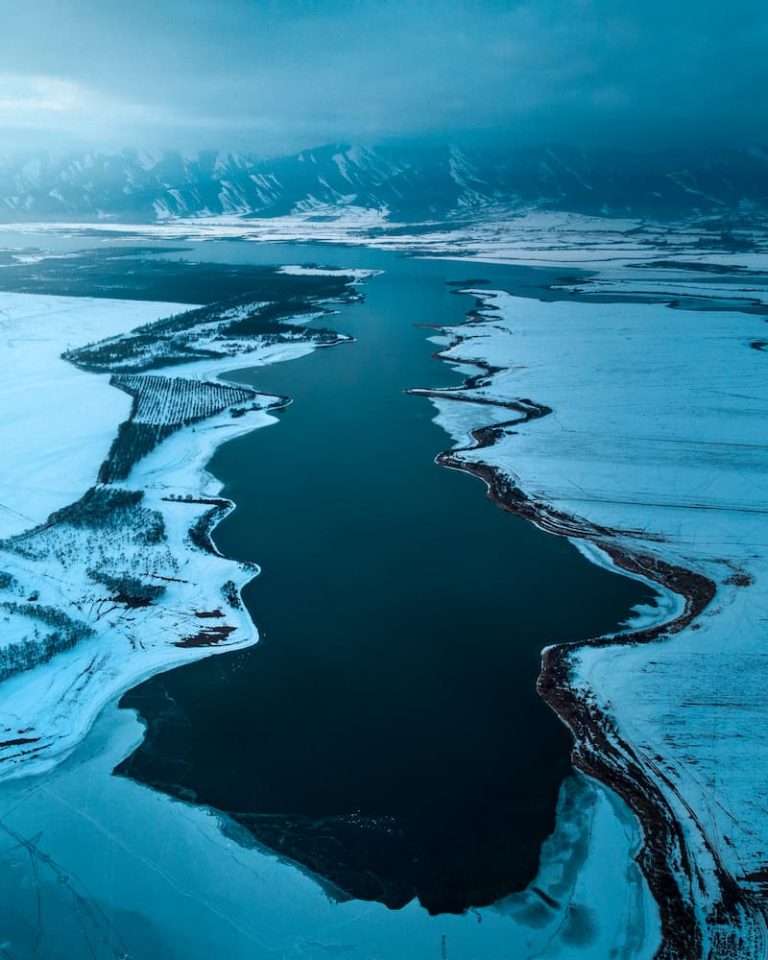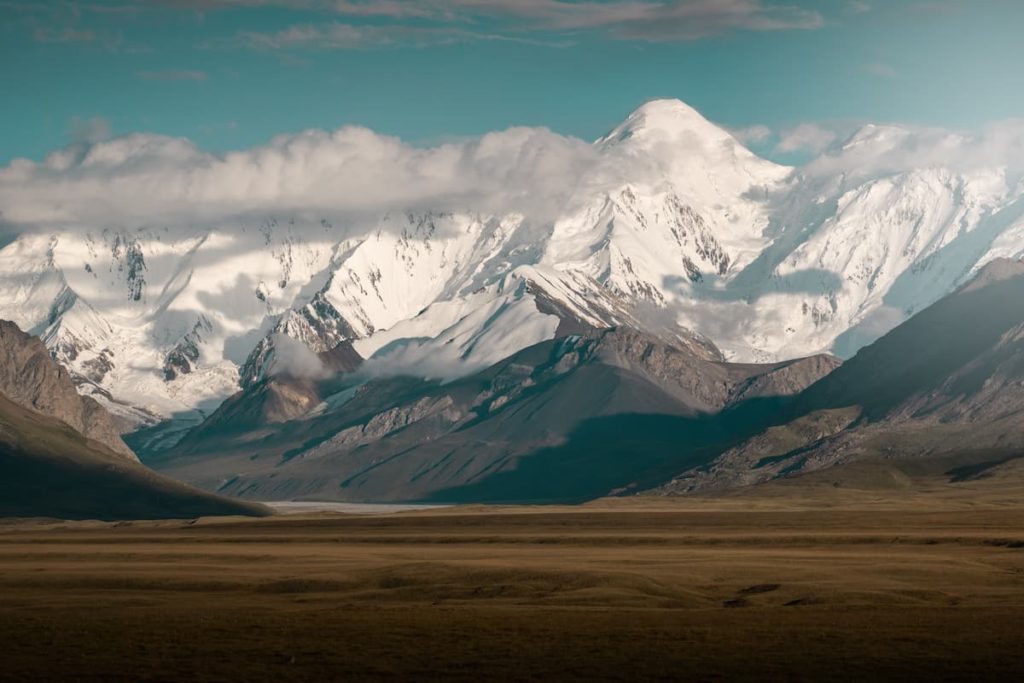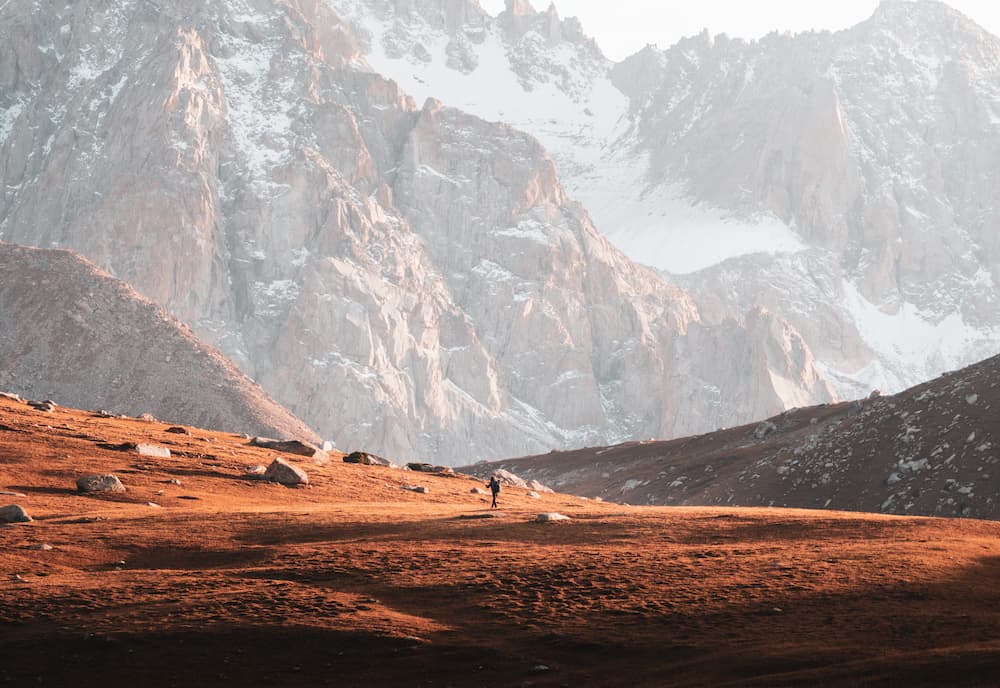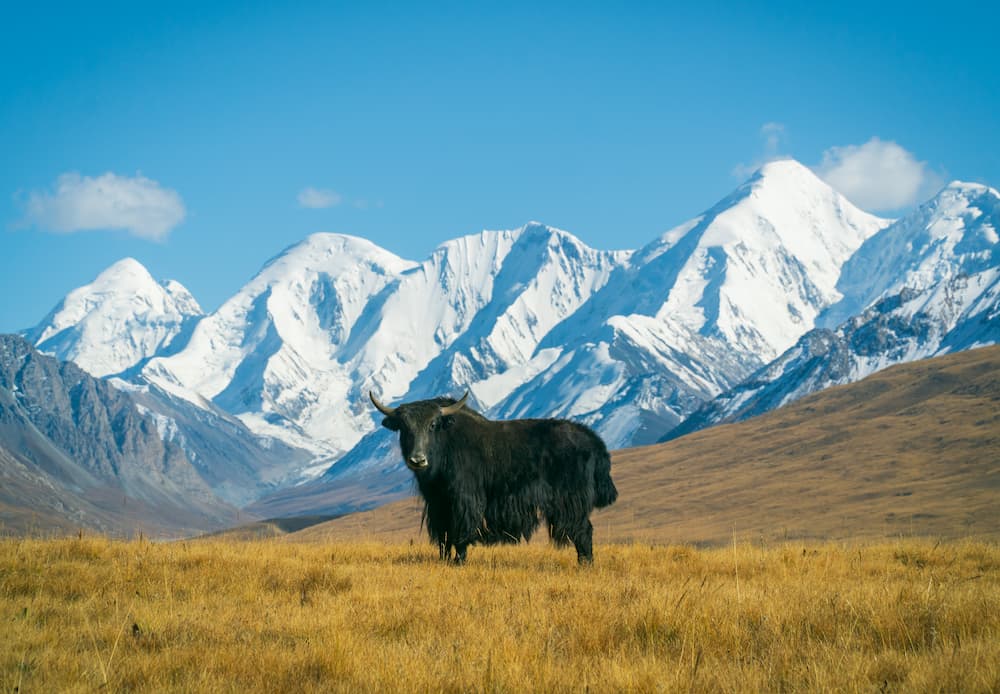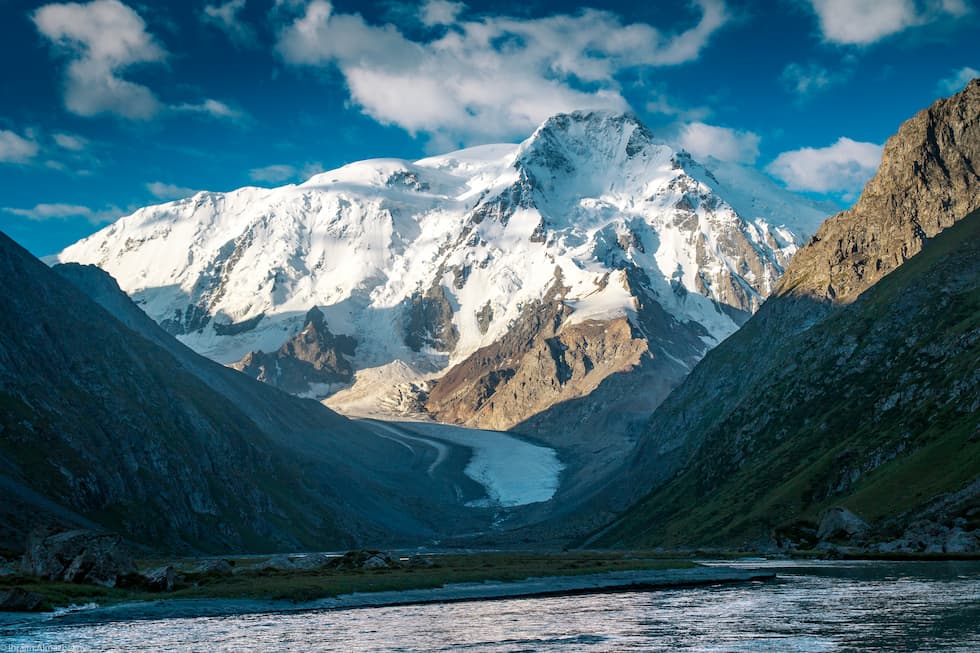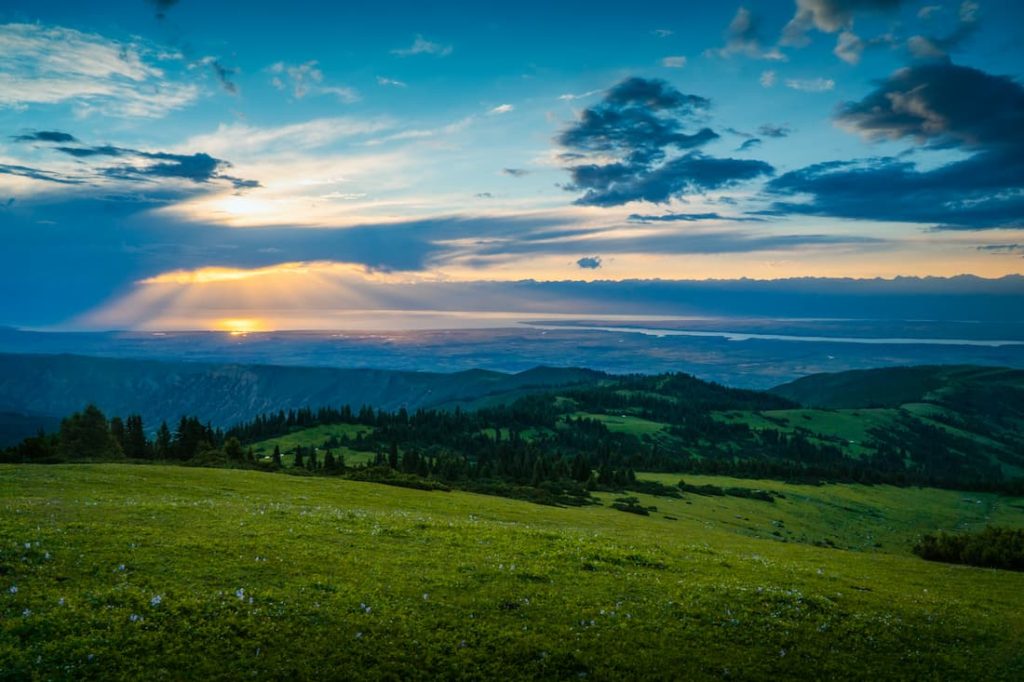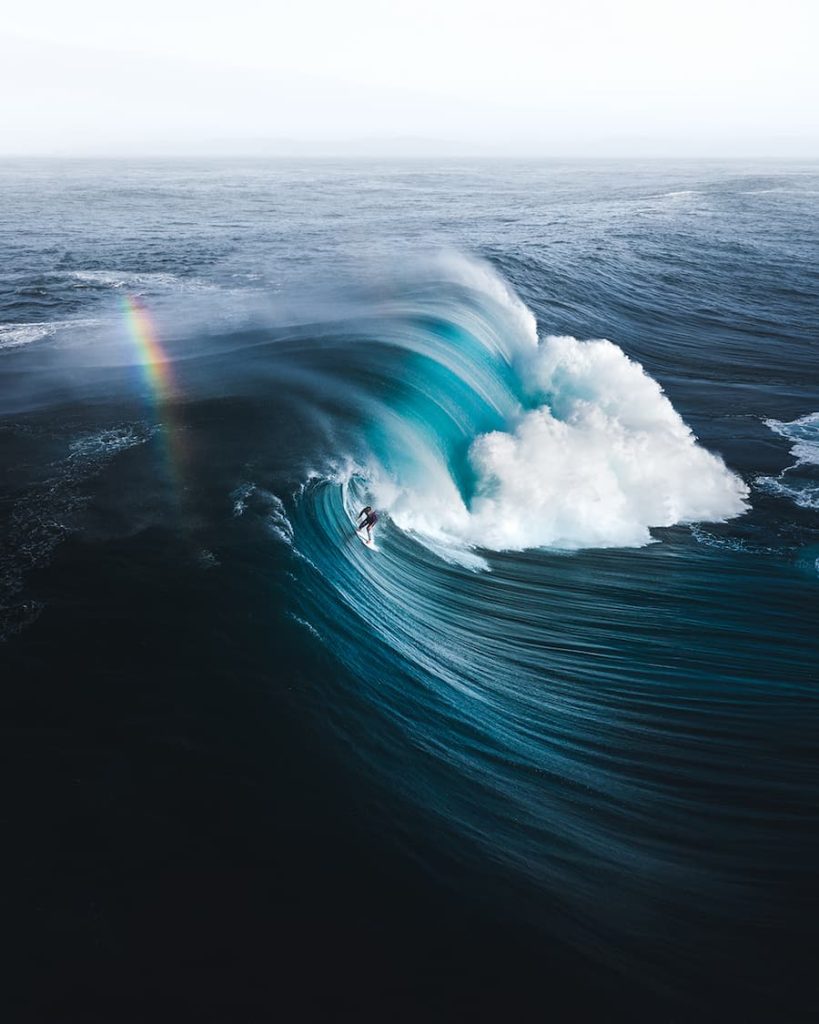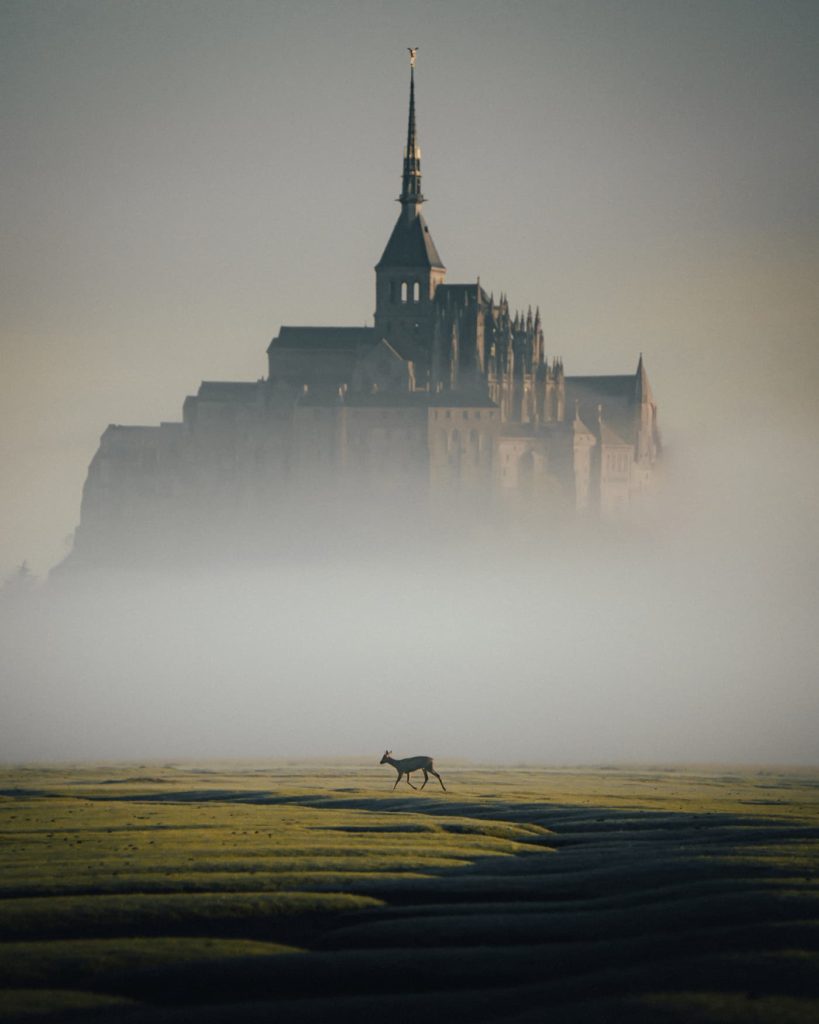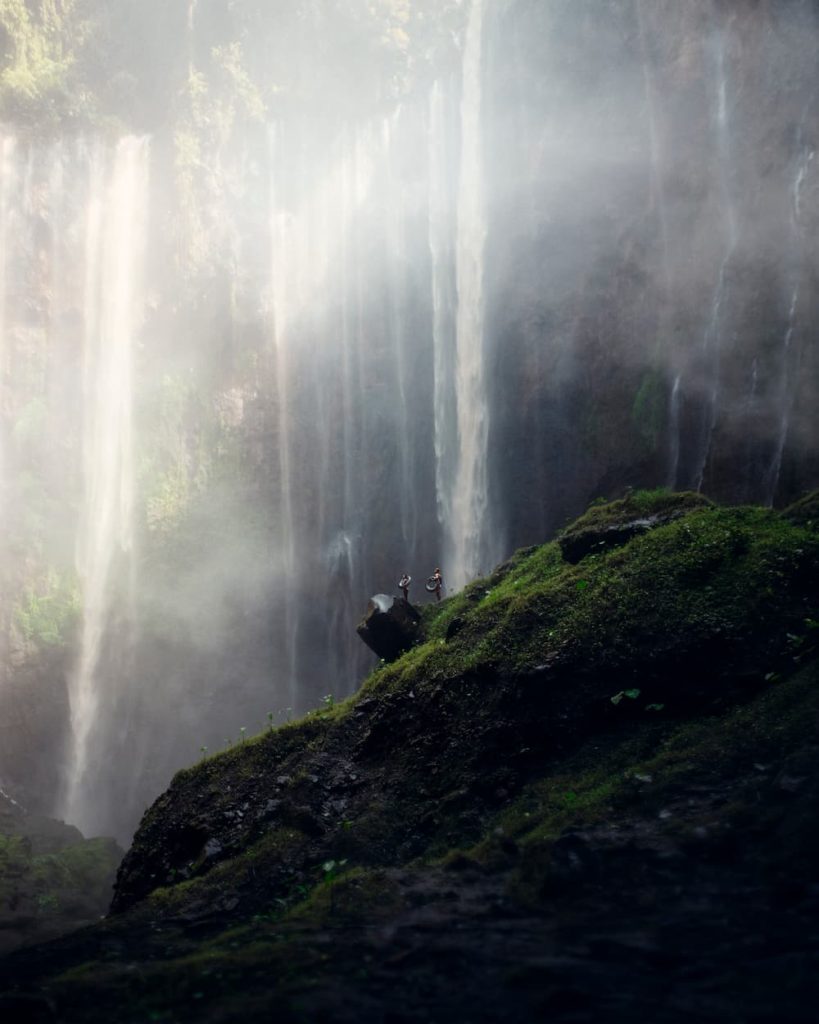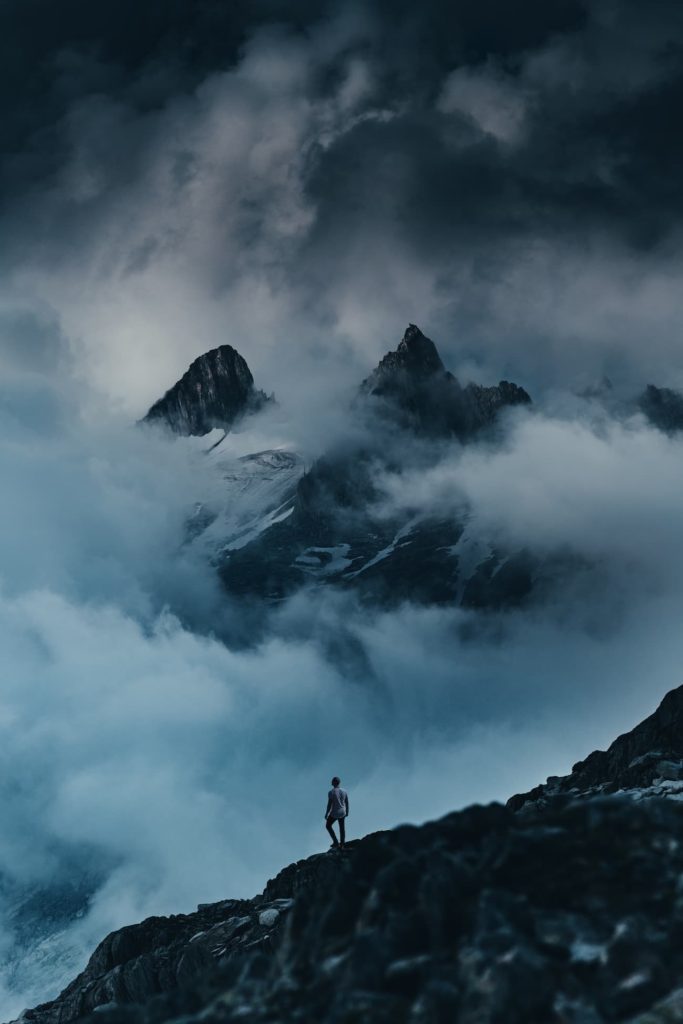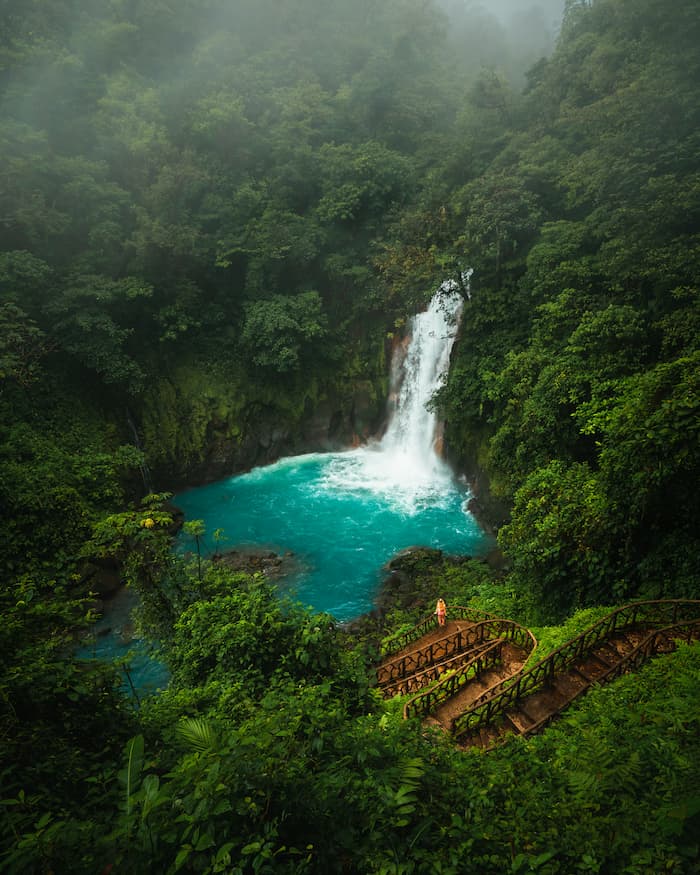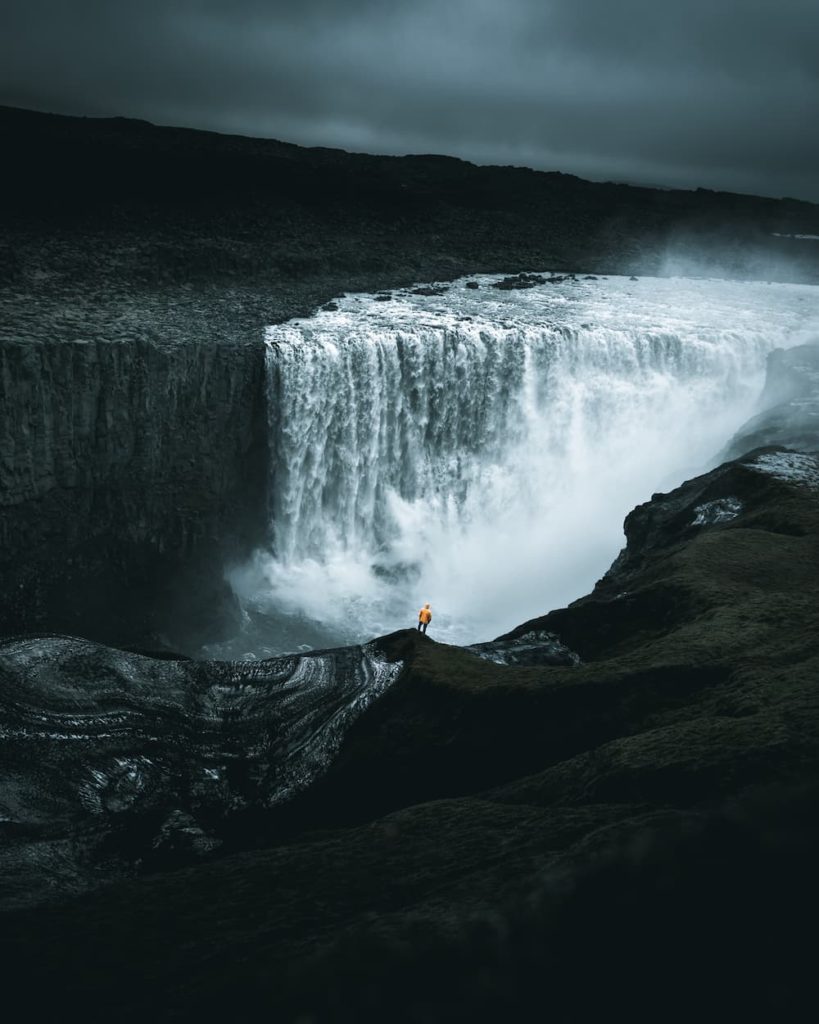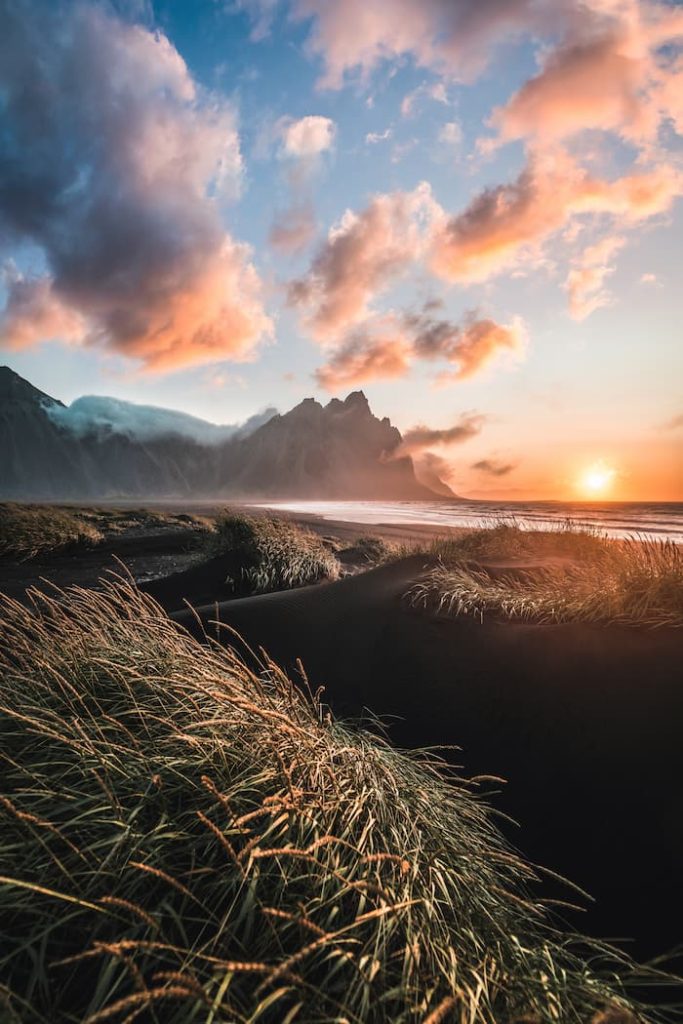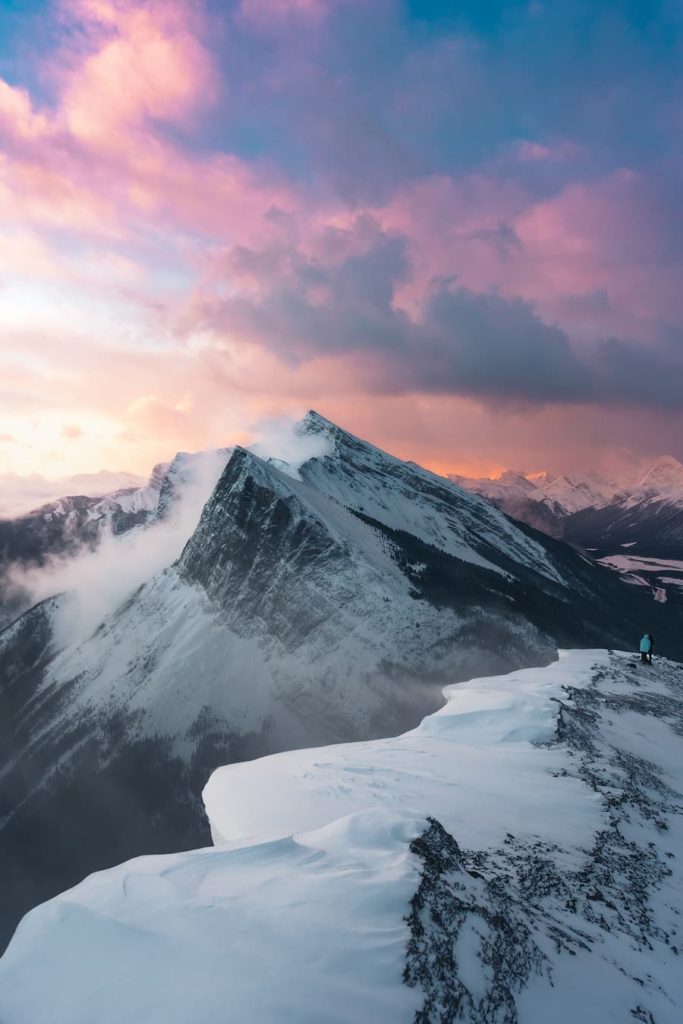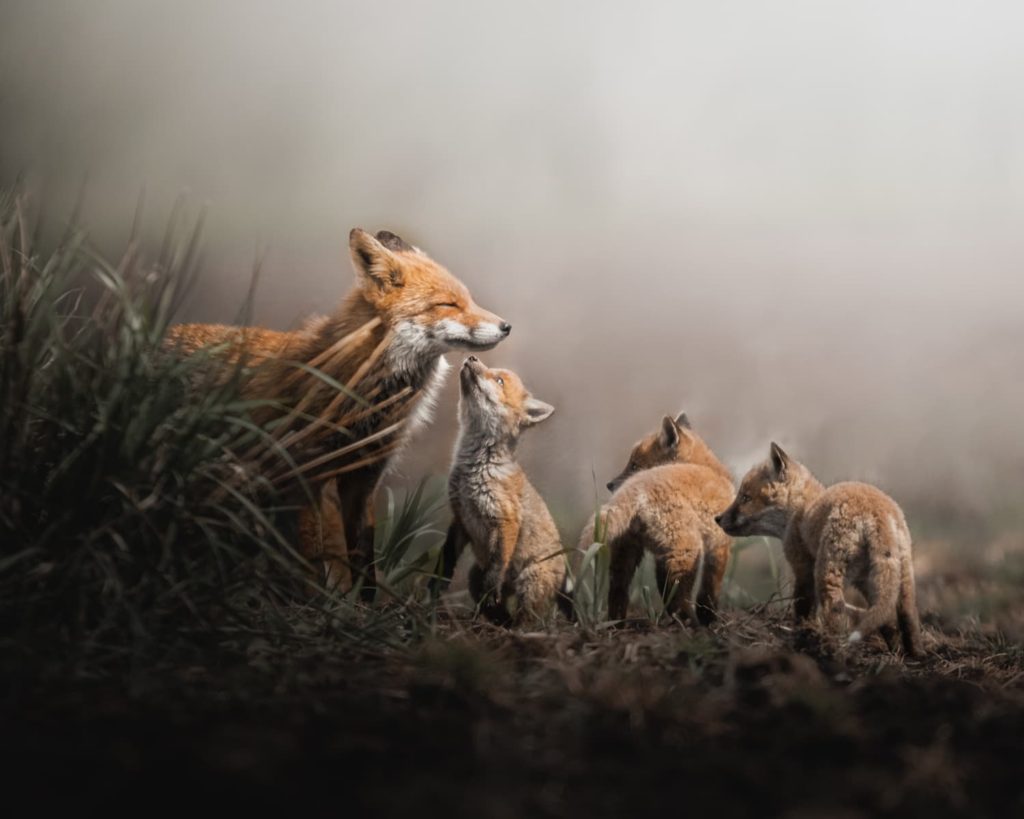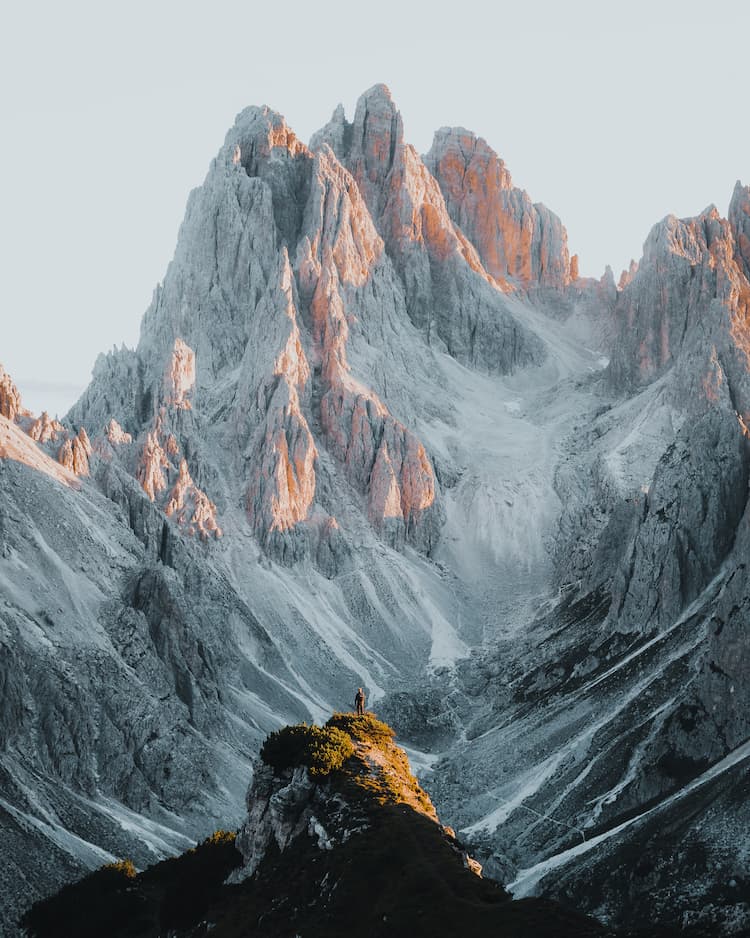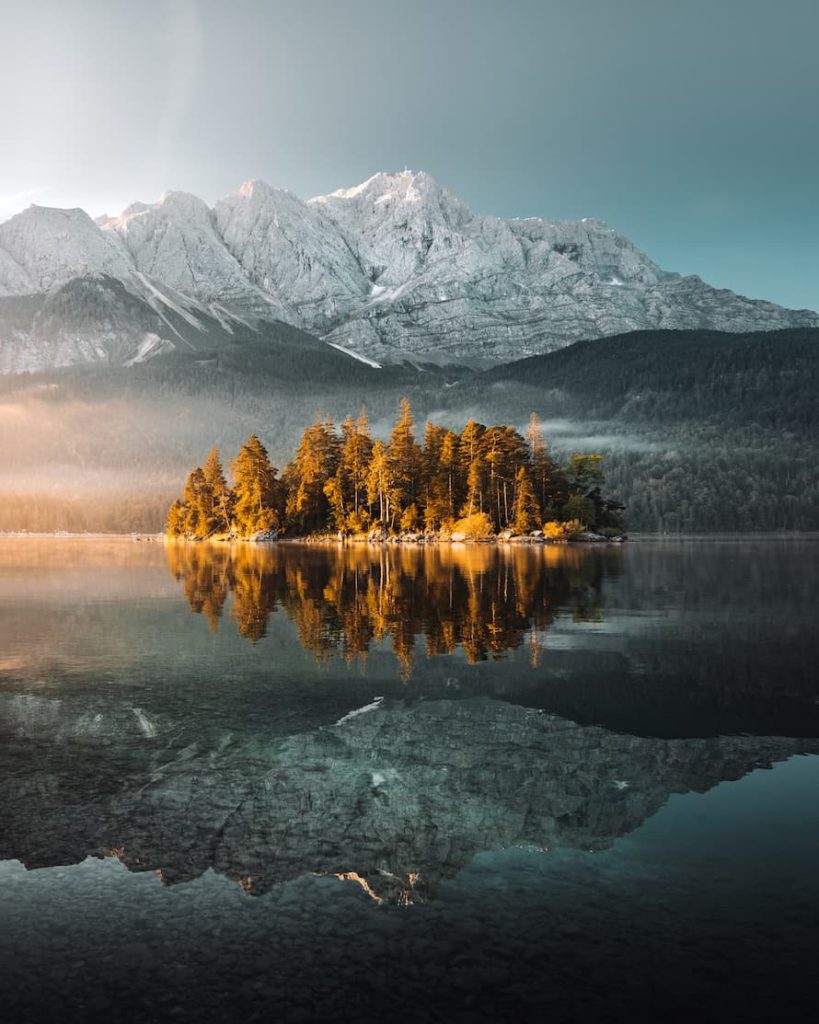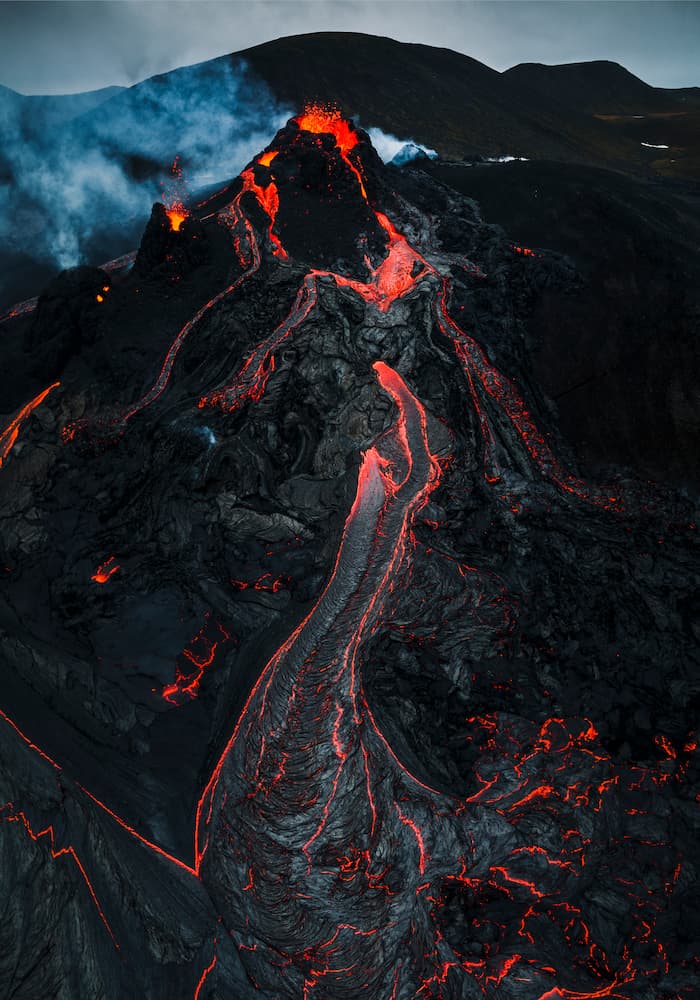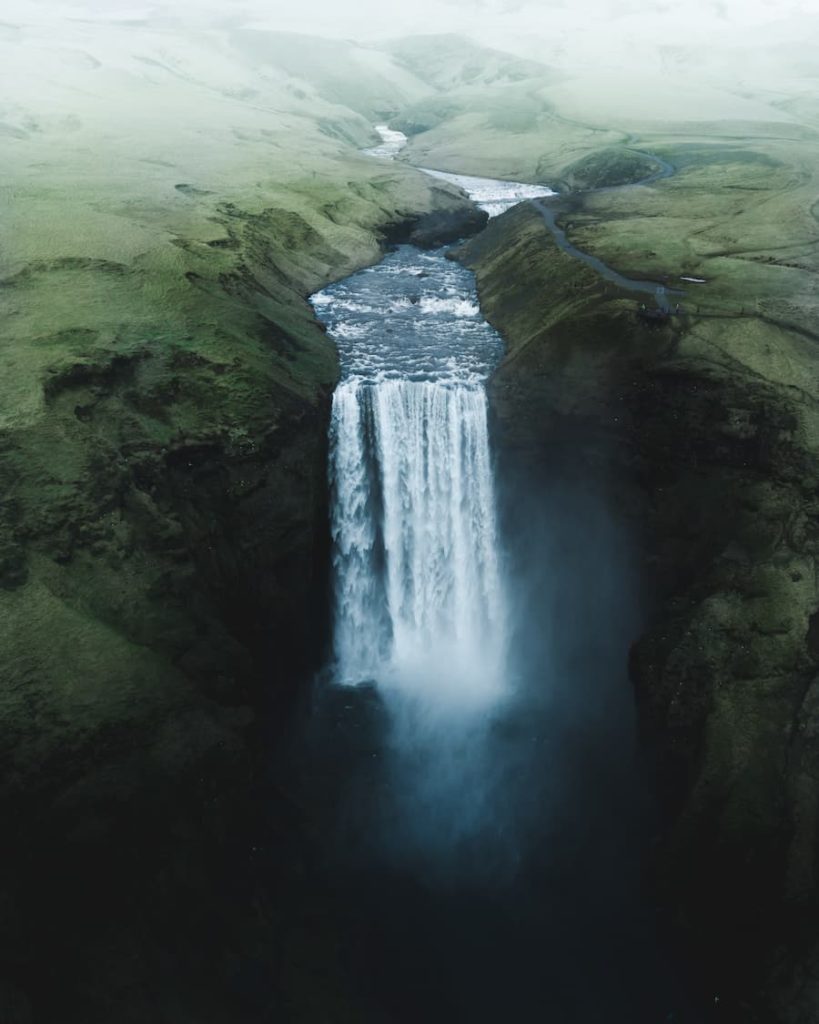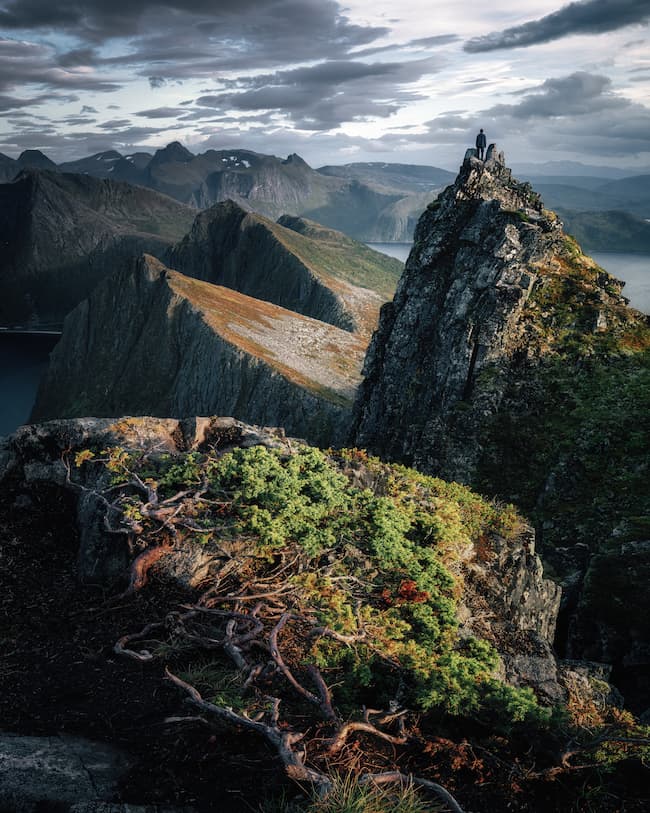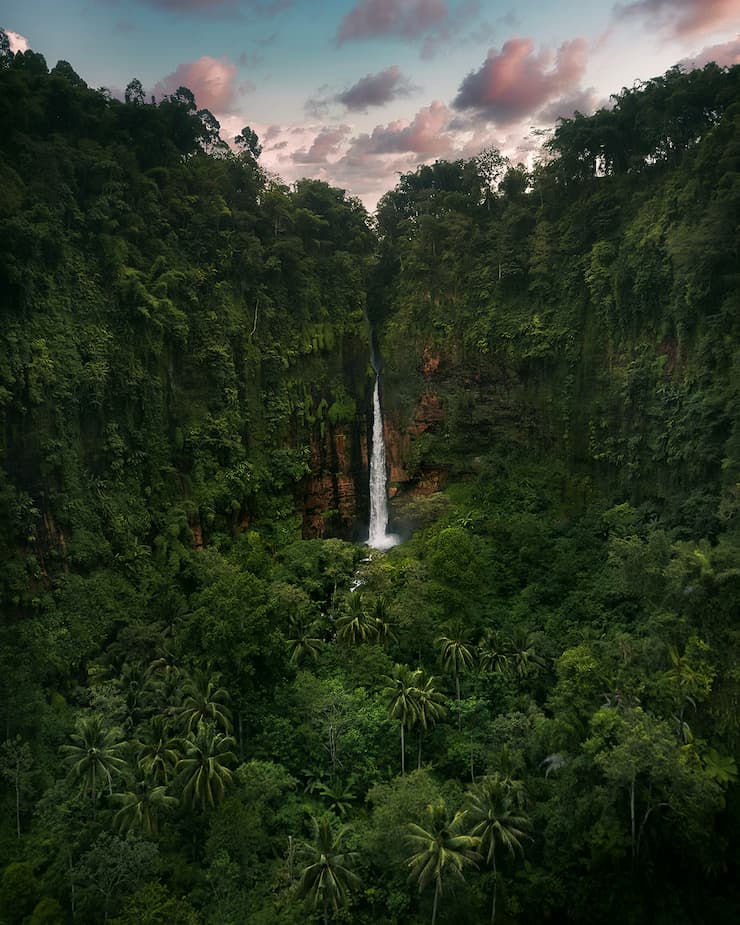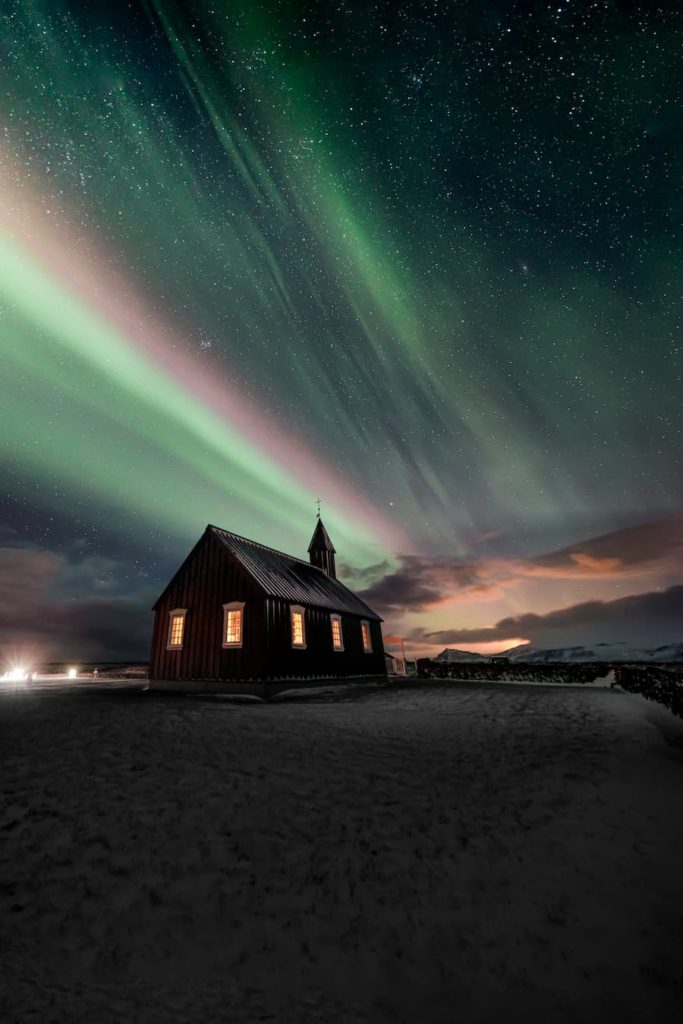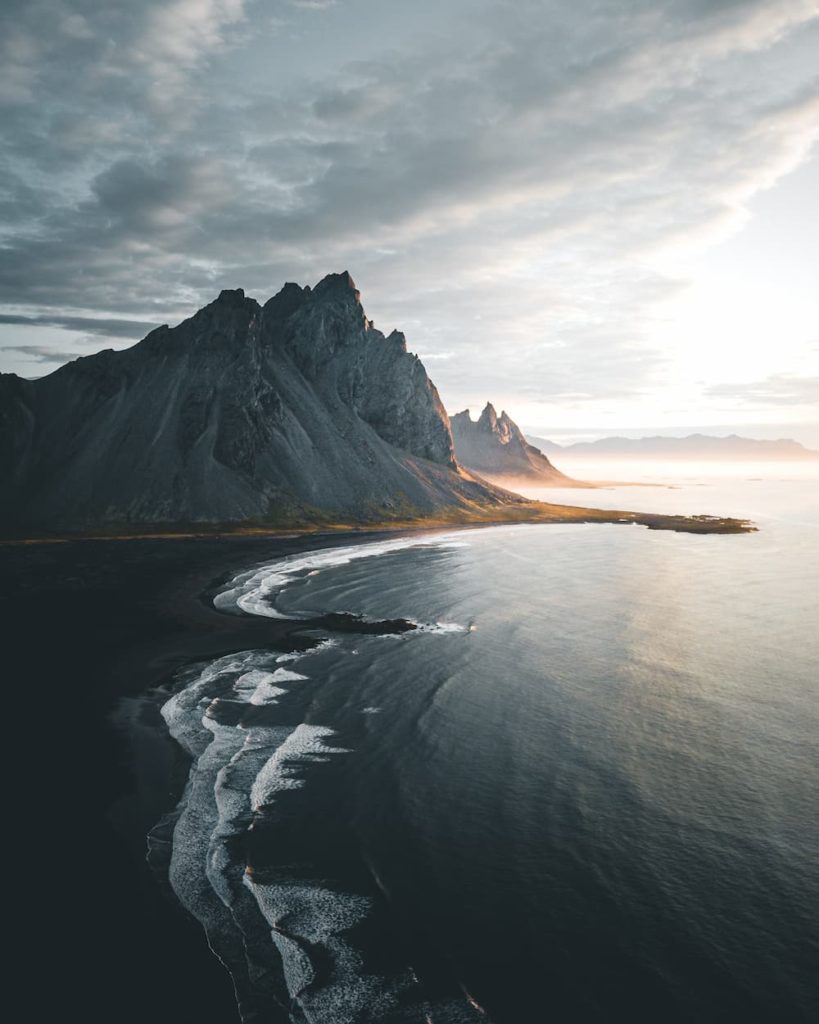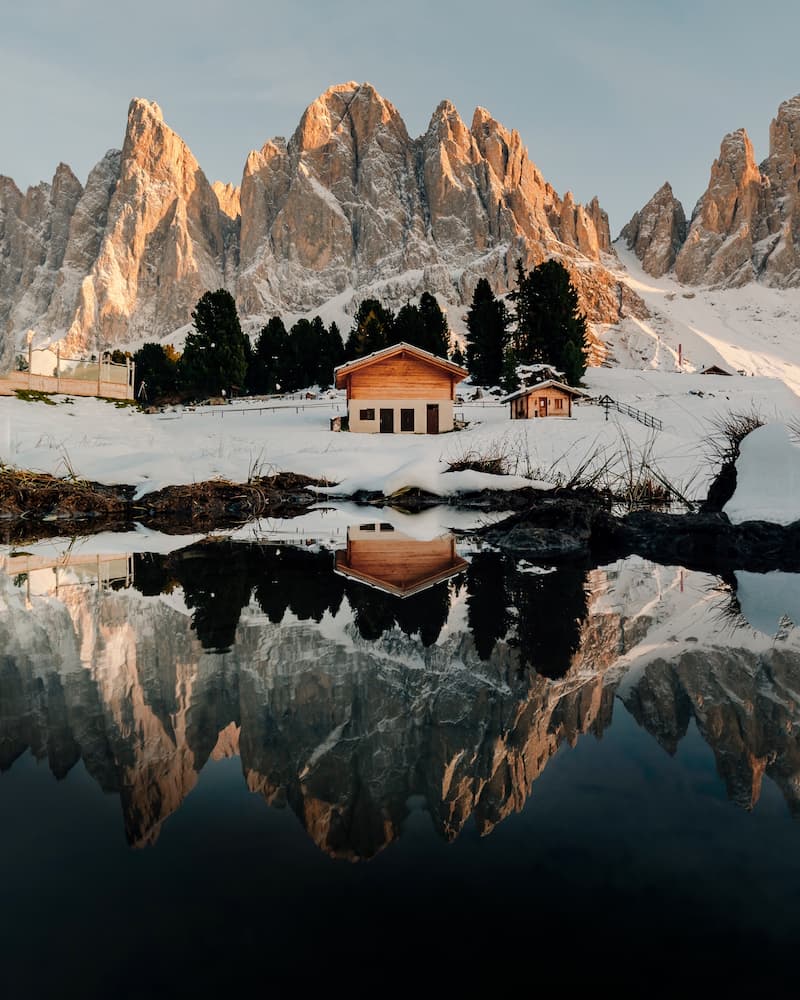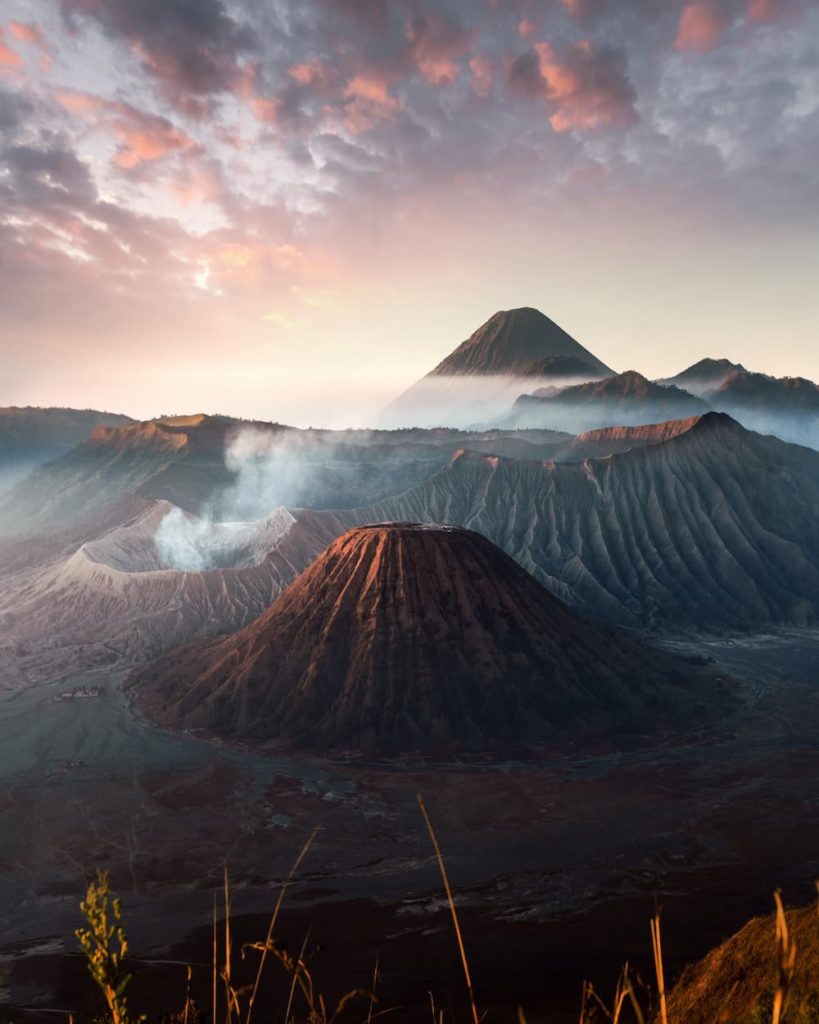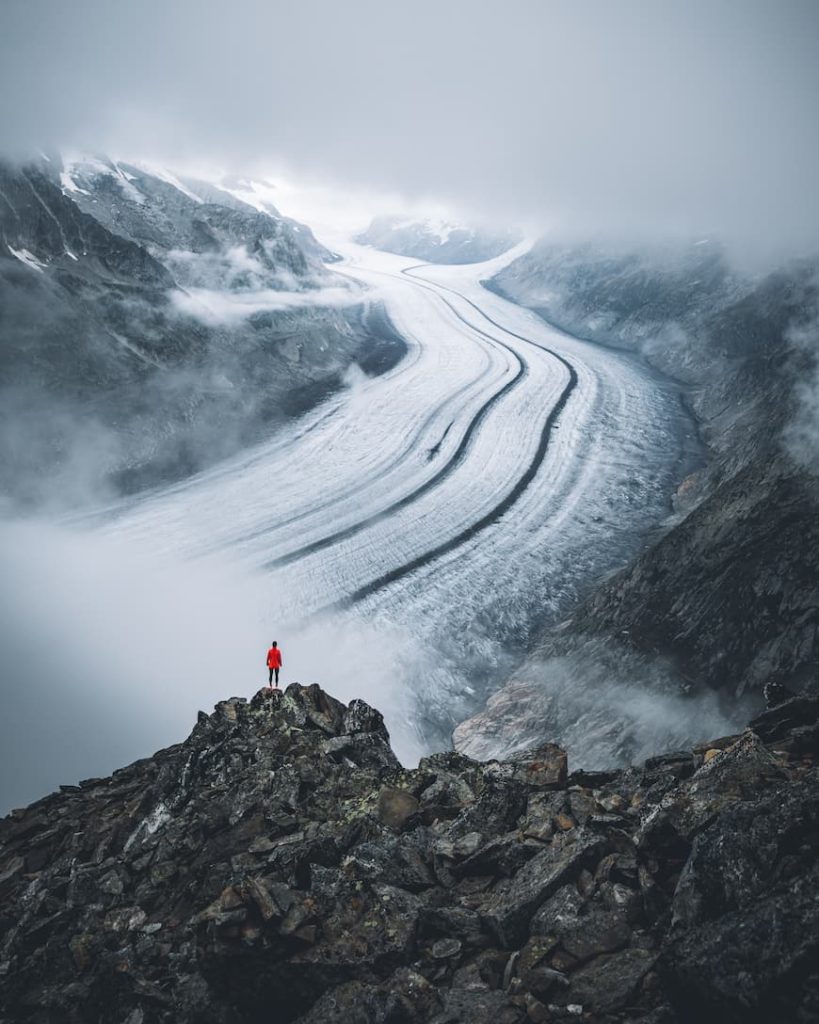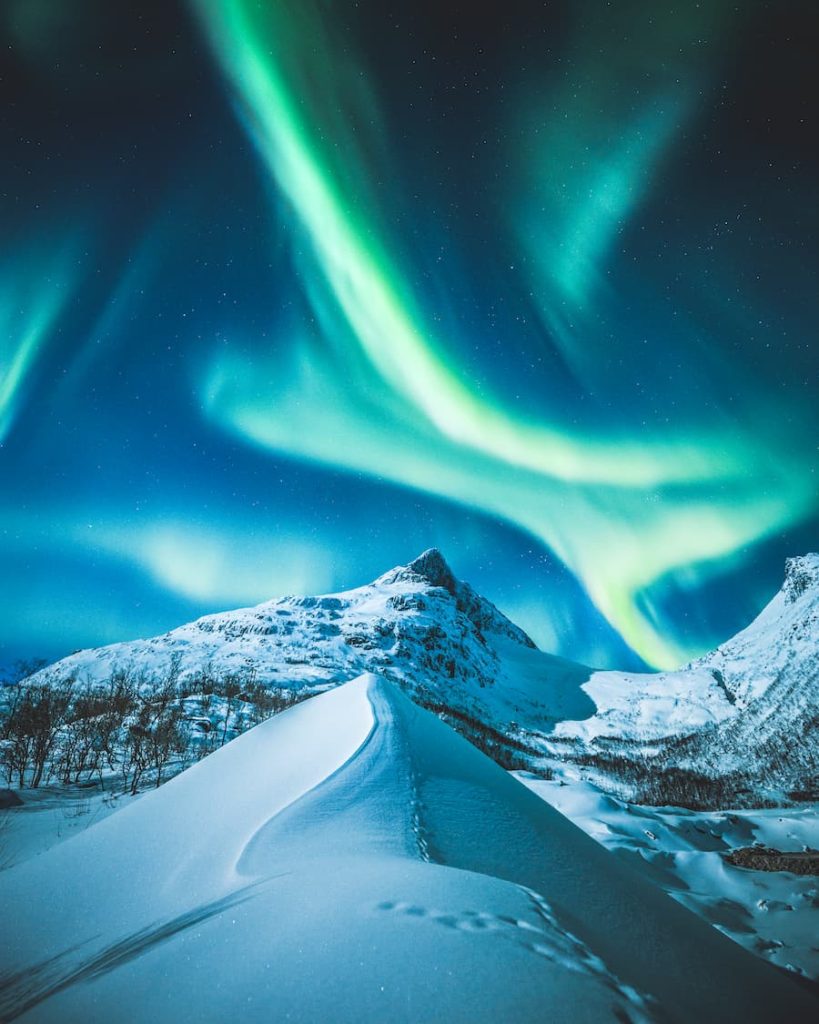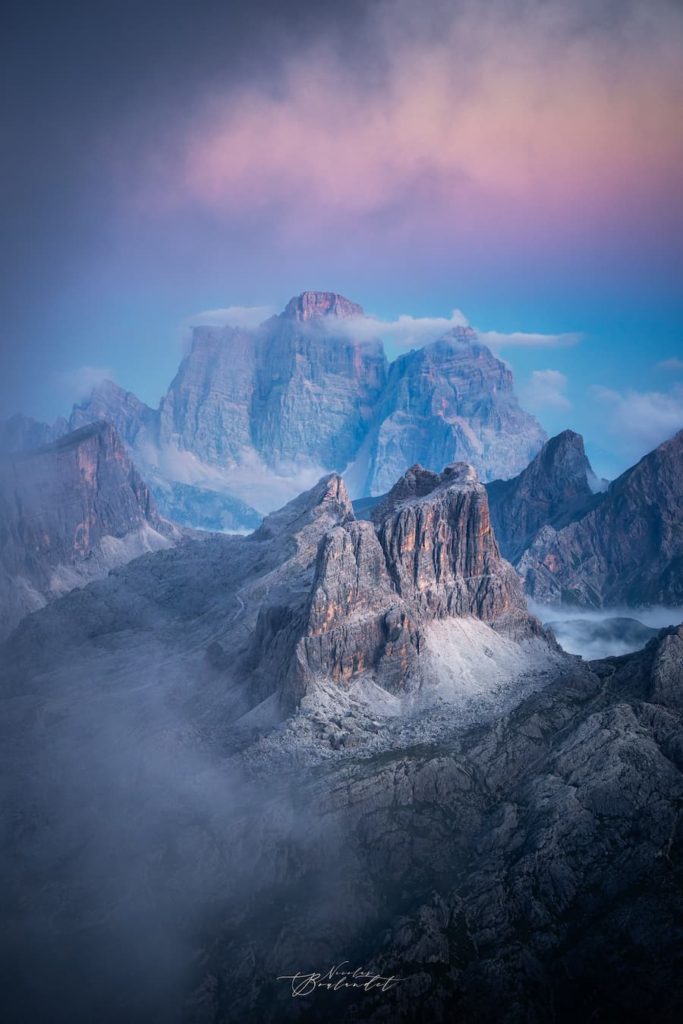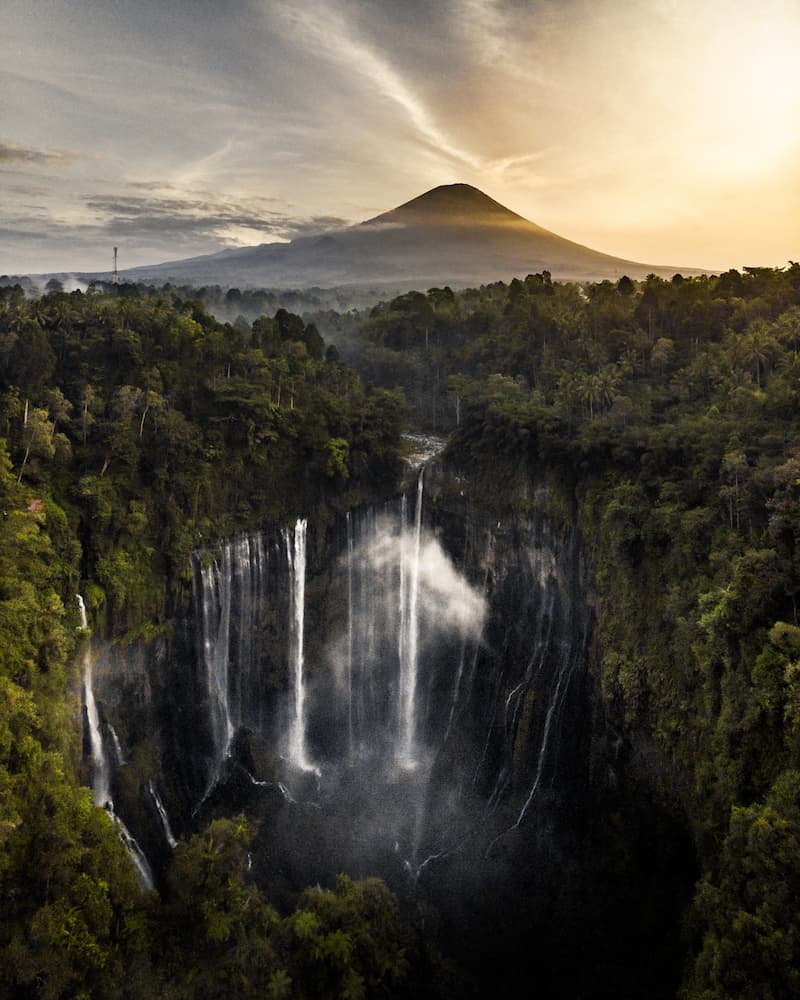
Ibraim Almazbekov
@ibraim_almazbekov
Best of the week 2 at #nomadict 2022
It was my father who instilled a passion for photography in me. He worked as an engineer at the airport and in addition, he worked as a photographer – shooting with old Soviet cameras. We lived in Karakol, the most tourist city in Kyrgyzstan, and he had to drive to all the villages and offer his services. At that time, people did not have smartphones and almost everyone agreed. Whenever he could he would update the camera and he was constantly trying to improve.
"Hence, we had a lot of family photos at home, and the camera has always been something special for me."
My own journey started with shooting photo reports for various volunteering projects. Later when I started working in tourism, I found a new meaning in photography. My first trip was to the border zone of the Issyk-Kul region – the abandoned city of Enilchek. The way to the city was very picturesque and my task was to make a photo report for social networks. During that trip, I realized that I had never traveled in my country!
Ever since, I have been going to the mountains more often and trying to visit many places in Kyrgyzstan; I love exploring new places, and I love documenting them even more. A turning point for me and my photography happened in August 2018. Our touristic project Visit Karakol collaborated with a famous and professional photographer from the Netherlands – Albert Dros – to promote tourism in Kyrgyzstan. My task was to assist and guide him through a unique program that we created. I saw and observed the whole process of photography during this project. Later, when the final photos were ready, I was very inspired by Albert’s work. I was surprised by how he had been able to show the experiences, the moments, the views, and the beauty of our nature.
"Albert still gives me advice and thanks to his full editing course, I have made great progress on the path of professional growth!"
Recently, I bought my first drone and decided to test it. As usual, before going somewhere, I plan my route on the map. My friend and I decided to see the “beginning” of Issy-Kul Lake. This lake cannot freeze in winter, but I have heard that the beginning of the lake does freeze. We decided to check this theory. To our surprise, when we arrived, the lake seemed all frozen. Local people cross the lake by car and some go fishing. In my case, I flew the drone. I wanted to see how far the lake froze. I had to fly 3km to see the end of the frozen part and it was very beautiful! Against the background of the Tien Shan Mountains, the lake looked very unusual.
It was important for me to arrive on time and see what could be a great place for photography. I was waiting for sunset, but it was not as spectacular as usual and was more bluish. After reconnaissance, I saw how and where the lake begins and it was important for me to put it in the whole frame. The idea of my composition was to show Lake Issyk-Kul and the mountains of Kyrgyzstan. With the edit, my goal was to show the scale of our nature – I tried to highlight the lake to convey its length. Also, I wanted to maintain natural colors – It was almost a blue hour and I wanted to have this clearly visible in the photo. I darkened the right side of the photo to highlight the last light from the sun on the lake.
In general, when I edit a photo, I don’t have a single style or fixed process because every moment can be different and I try to play with the editing tools until I achieve and see on the screen what I actually saw and felt at the moment of shooting.
Shooting this photo was a new experience for me, because drone and camera photography are different in terms of composition and angle. I realized that you can show the scale of landscapes more easily and find an unusual perspective. I have a goal to break the stereotype about gear, because I don’t have the most professional drone or camera. I think the main factors needed for a good photo are the skills and the idea. In any situation, you can find a solution. For example, I only have 12 MP on my drone, but I can use the image stacking technique to increase the quality of the photo. It is a great inspiration for beginners.
I am very lucky that I was born in Kyrgyzstan, after all, this country is a paradise for photographers. My country has directly influenced my creative activity and there are not so many landscape photographers here. It is an honor for me to represent Kyrgyzstan and be one of the first photographers in our generation.
My country is still unknown to the world and has many stereotypes. You will be surprised how good it is here and everyone can discover Kyrgyzstan in their own way. If I were to describe my country to a person who knows nothing about it, I would say: Kyrgyzstan is like Switzerland 100 years ago, and 5 times bigger. It has more than 2000 lakes, 40000 rivers and 93% is mountain. Believe it or not, but you can find similar landscapes as in Canada, the Alps, Norway, Scotland, Iceland and many others.
There are many unexplored places and all four seasons are very distinct. The colors of nature often change and because of the high mountains and along with clouds, there are insanely beautiful sunsets!
"So, give Kyrgyzstan a shot!"
Would you like content like this sent to your inbox?
BEST OF THE WEEK JUNE 2021
BEST OF THE WEEK MAY 2021
BEST OF THE WEEK APRIL 2021
BEST OF THE WEEK MARCH 2021
BEST OF THE WEEK FEBRUARY 2021
BEST OF THE WEEK JANUARY 2021
NOMADICT
ART GALLERY
THE LATEST STORIES
WRITEN WITH PASSION TO INSPIRE YOU
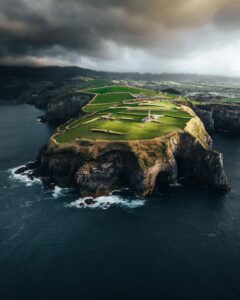
Photo tour in Azores, Portugal
Join us in the Azores for a unique photo tour, where you’ll elevate your creative skills with expert guidance from Ronald Soethje, Bruno Ázera, and Nomadict.
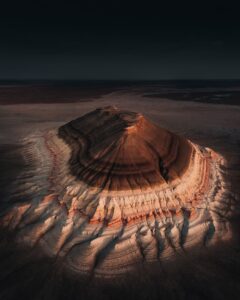
Forest Kai (@forest1kai): Photographer based in the US
In this article, Forest shares how years of chasing scale, silence, and raw landscapes shaped his approach to photography, from the deserts of Kazakhstan to the volcanic ridges of Iceland. He talks about how he uses light, texture, and vast negative space to create images that feel both intimate and overwhelming.
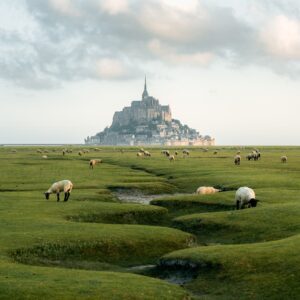
Simon Hechtbauer (@roamwithsimon): Best of the Week 32 at #nomadict
Simon shares the journey behind his photography, from early inspirations to field techniques, editing, and the story of the winning shot that shaped his path.

Miroslav Maršík (@miromarsik): Photographer based in Czech Republic
In this article, Miro shares how his love for cinematic music evolved into a deep passion for photography and how he uses light, color, and atmosphere to turn the streets of Prague into living film scenes.

Aurora photography panorama workflow: A guide to camera settings, editing, and color
In this article, Stefanie reveals how her background in physics sparked her passion for astrophotography and how she blends science with creativity to capture the beauty of the night sky. Readers will discover her approach to color, contrast, and editing, as well as her aurora photography workflow.

Yhabril (@yhabril): Best of the Week 33 at #nomadict
Spanish photographer Yhabril captures the profound connection between humans and the mountains that shaped him. Growing up in the Pyrenees, his work bridges outdoor sports, landscapes, and celestial scenes — often blending athletes, moonlight, and wilderness into striking visual stories.

Ariane Totzke (@besondersschwierig): Photographer based in Switzerland
In this article, Ariane shares how photography helped her navigate personal challenges, connect authentically with people and animals, and develop a philosophy rooted in empathy and artistic freedom. Readers will also discover her ethical approach to wildlife photography and her trusted equipment for both camouflage techniques and cameras.

How to photograph Dutch tulip fields: A guide to light, gear, composition, and colors
Discover how to photograph Dutch tulip fields in their most magical light. From choosing the right gear and lenses to mastering composition, color, and aerial perspectives, this guide shares creative techniques to capture the beauty of the Netherlands’ tulips. Learn how light, color grading, and proportion bring emotion into every frame.
